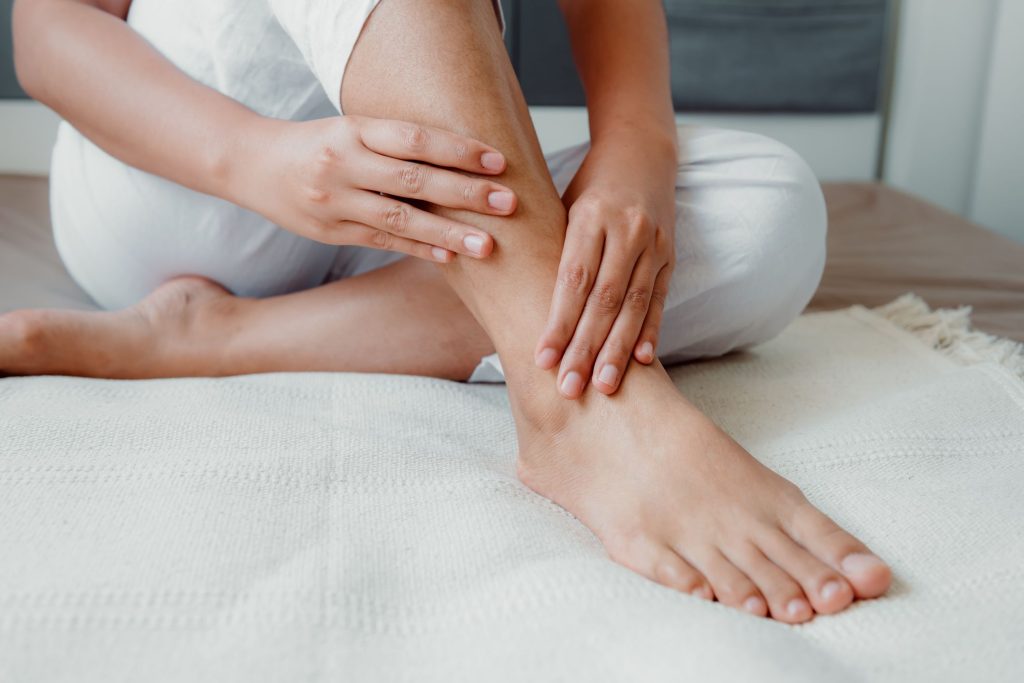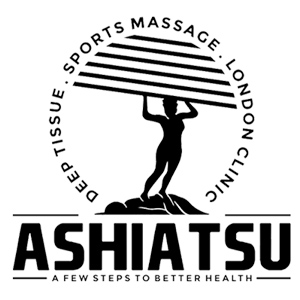If you are on your feet all day, a foot massage may be just what you need to relax after a long day at work. Even though massaging the bottom of your foot is not a long-term solution for plantar fasciitis, it is a better way to relieve pain than just letting your feet rest.
When your heel hurts, you can do a plantar fasciitis massage with your hands, a massage ball, or even a water bottle from around the house. So, it is an easy and convenient way to eliminate pain.
Self-Massage Can Help with Plantar Fasciitis:
There’s a reason why so many people who are in pain rub the affected area. We know that massage can temporarily ease many aches and pains.
Plantar fasciitis can also cause heel pain. Massage the heel, arch, and areas around it to loosen up tight muscles and tendons that can cause plantar fasciitis. This improves blood flow, breaks up scar tissue and adhesions, and temporarily blocks pain signals from nerve endings. To get professional massages, check Ashiatsu Massage London.
What kinds of massages are used on the plantar fascia and heel?
Priorities should come first. Find a seat where you can hold your foot comfortably with both hands while sitting down. The most important thing to remember is to press as hard as possible without making things worse. It’s all right if any pressure hurts you. There are several easy, natural ways to ease the pain of plantar fasciitis!

If you have heel pain, use your thumbs to massage the spot at the bottom of your heel where your plantar fascia ligament meets your heel bone. You can also massage and press along the length of the plantar fascia ligament, which runs from the ball of your foot to the base of your heel bone.
How should you best massage your own feet?
To start with:
The first thing you should do is use your thumbs to warm up the tissue in your foot. By pushing your thumbs apart, you can spread the tissue from the heel bone to the tips of your toes. In general, you should start any movement at the heel and move up to the toes.
After the first step, you should push your thumbs together or lift the skin to compress the tissue. Start by working from the heel to the toes inside your foot. Step two is to move your foot to the middle. Lastly, look at the outside of your foot.
Toes:
To stretch the toes, spread them out, pinch and spread them, and use your thumbs to move each toe to the left and right. With one hand, squeeze all your toes together, gently curl them toward the base of your foot and push them back. Do these exercises repeatedly until your muscles and joints are loose, and your toes are warm.
Length of Tissues:
Since there are three layers of muscles in each foot, don’t be afraid to put deep pressure on them, especially in places that hurt. Knead your foot, starting at the heel and working your way up to the toes, with your fingers or knuckles. Please spend some time focusing on the sole of your foot to loosen it up completely.
Events that set off:
Put firm pressure on any painful spots for 8 to 12 seconds or until the pain disappears. If the pain stays the same, you can move on to another painful spot and put the same amount of pressure.

Medium Aspects of the Heel:
One important foot part to pay attention to is the medial part of the heel bone, sometimes called the “middle face.” People with plantar fasciitis may feel pain and tightness in this part of the foot, which is close to the inner heel. If you feel tightness in this area, pay extra attention to it.
To sum up:
Nothing compares to putting lotion on your feet after a massage. As you moisturize your hands and spread the lotion around your feet, apply light pressure to the foot.
Think about using simple tools for massage:
You can massage yourself with a rolling pin, a golf ball, a frozen water bottle, or a massage ball made just for that purpose. Compared to using your hands, these tools can help you apply pressure more precisely and massage more evenly. For professional massages, contact Ashiatsu Massage London.


